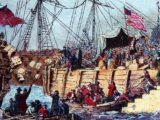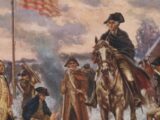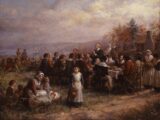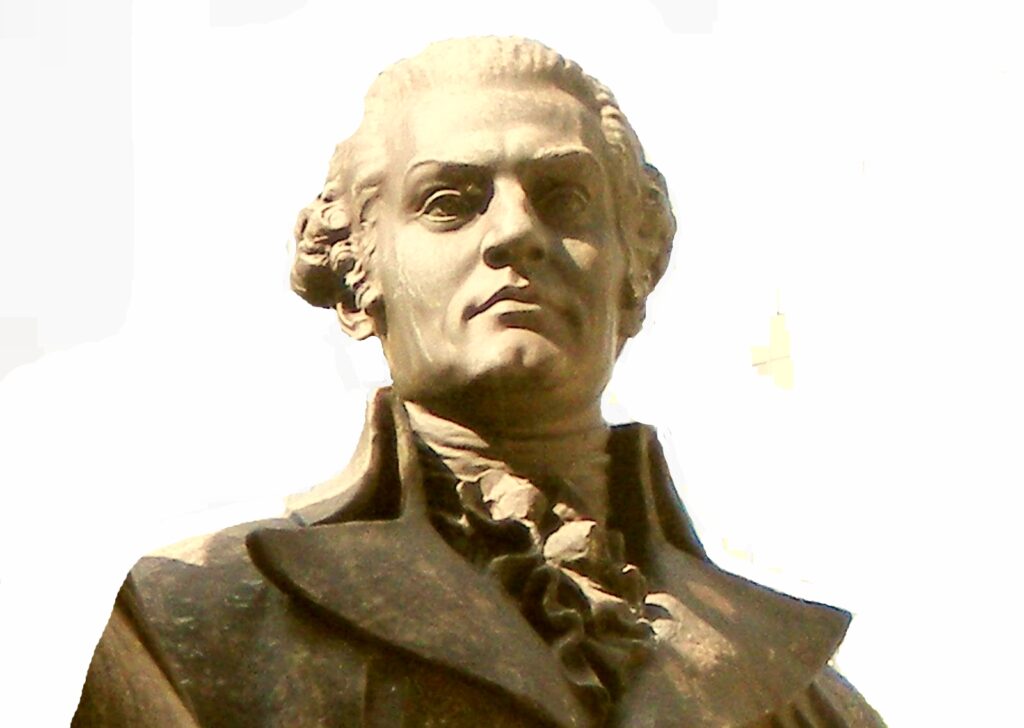
Haym Salomon (1740–1785) – The Financier of the Revolution
Haym Salomon was a Polish-Jewish immigrant who played a crucial but often overlooked role in financing the American Revolution. His efforts helped keep the Continental Army and government solvent during some of their most desperate times.
Early Life & Immigration
- Born in Poland, Salomon was part of a Jewish community facing persecution.
- He immigrated to New York in the early 1770s and established himself as a successful merchant and banker.
Revolutionary Contributions
- A strong supporter of the Patriot cause, Salomon was arrested by the British in 1776 for his revolutionary sympathies.
- After being released, he continued his work in espionage and financial support for the revolution.
- He worked closely with Robert Morris, the Superintendent of Finance for the Continental Congress, helping to raise funds through personal loans, bond sales, and brokering international credit deals.
Key Role in Financing the War
- He personally loaned large sums of his own money to the American government—loans that were never repaid.
- Helped secure financial support from French and Dutch allies.
- Paid for supplies, salaries, and provisions for the Continental Army when funds were critically low.
- Assisted in converting foreign loans into usable currency for the war effort.
Legacy
- Salomon died in poverty in 1785, as much of the money he had loaned was never returned.
- Despite his immense contributions, he received little recognition during his lifetime.
- His legacy has since been honored, including a statue in Chicago’s Herald Square Monument alongside George Washington and Robert Morris.
- The phrase “He gave all for the cause” is often associated with him, reflecting his financial sacrifices.
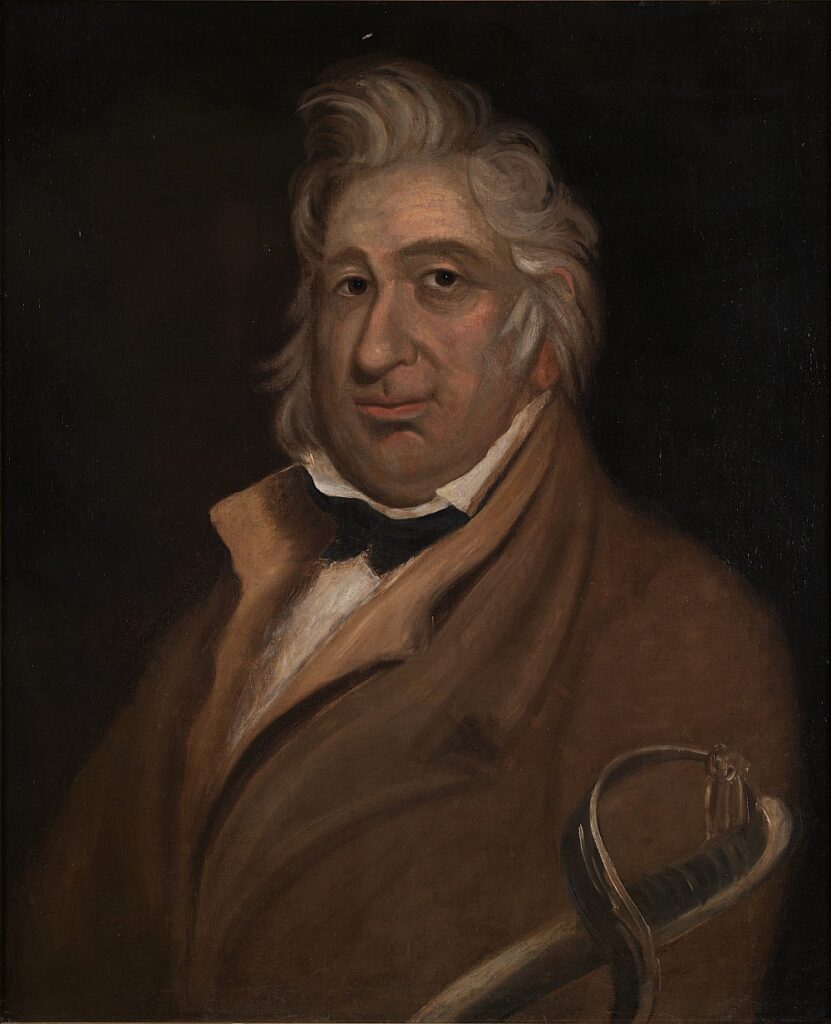
Peter Francisco (1760–1831) – The Giant of the Revolution
Peter Francisco was a towering and legendary soldier of the American Revolution, known for his incredible strength and battlefield heroics. His exploits were so extraordinary that George Washington reportedly said, “Without him, we would have lost two crucial battles.”
Early Life & Mysterious Origins
- Francisco was found as a young boy (around five years old) abandoned on a dock in Virginia, speaking only Portuguese.
- It is believed he was kidnapped from the Azores (Portuguese islands) and brought to America.
- He was raised as an indentured servant in the home of Judge Anthony Winston, a relative of Patrick Henry.
Military Service & Feats of Strength
- Enlisted in the Continental Army at age 16, serving in key battles like Brandywine, Germantown, and Camden.
- Strength & Size: At 6’6″ (a giant for his time) and 260 pounds, he wielded a specially made six-foot broadsword given to him by General George Washington.
- Battle of Camden (1780): Despite the American defeat, Francisco saved a 1,100-pound cannon from capture by dragging it off the battlefield.
- Guilford Courthouse (1781): He reportedly cut down 11 British soldiers in close combat.
- Cavalry Raid (1781): In a daring act, Francisco killed three British guards and stole their horses to escape after being captured.
- Fought in the Siege of Yorktown, witnessing the final American victory.
Post-War Life & Legacy
- After the war, he became a blacksmith, farmer, and tavern owner.
- He applied for a military pension but received only a small amount despite his legendary service.
- Virginia honored him with land and a financial grant for his contributions.
- Today, several towns, schools, and parks are named after him, and he is remembered as one of the most heroic soldiers of the war.
We owe many heroes our gratitude for their bravery, honor, dedication and sacrifice; great men and women have stood up against the enemy, fought valiantly, been injured and/or lost their lives defending America’s freedom.
Brought to you by Vacation Liberty School of Georgetown, TX
www.vacationlibertyschool.org
